Accessibility
at Woo
Welcome to your central resource for accessibility information regarding WooCommerce.com, our official Marketplace, and the core WooCommerce plugin.
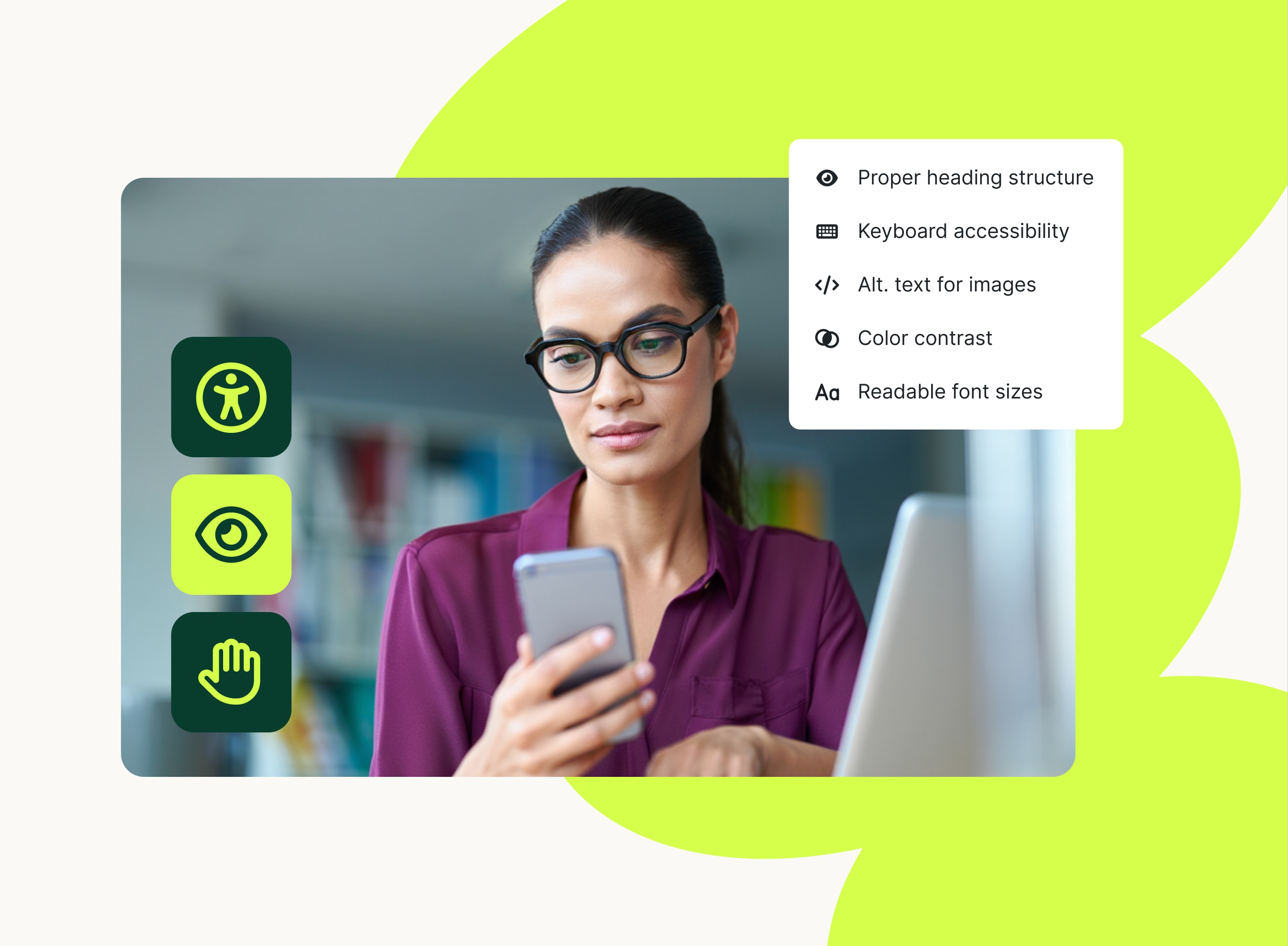
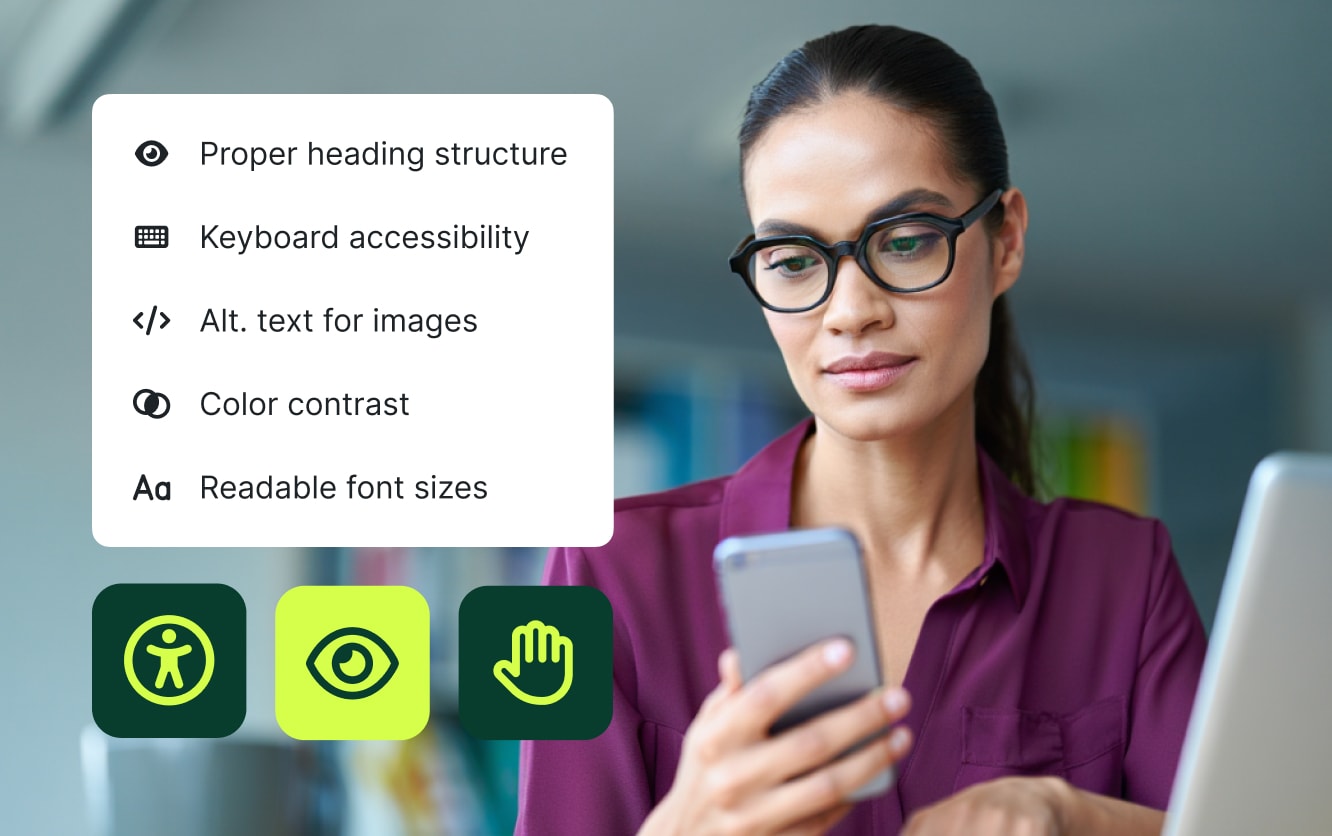
Contents
Below, you’ll find accessibility statements, conformance reports, best practices, and resources to help you build and maintain accessible online stores.
Our ongoing commitment
to accessibility
We’re committed to building modern software in line with WordPress accessibility standards, making it simpler for anyone to use WooCommerce.
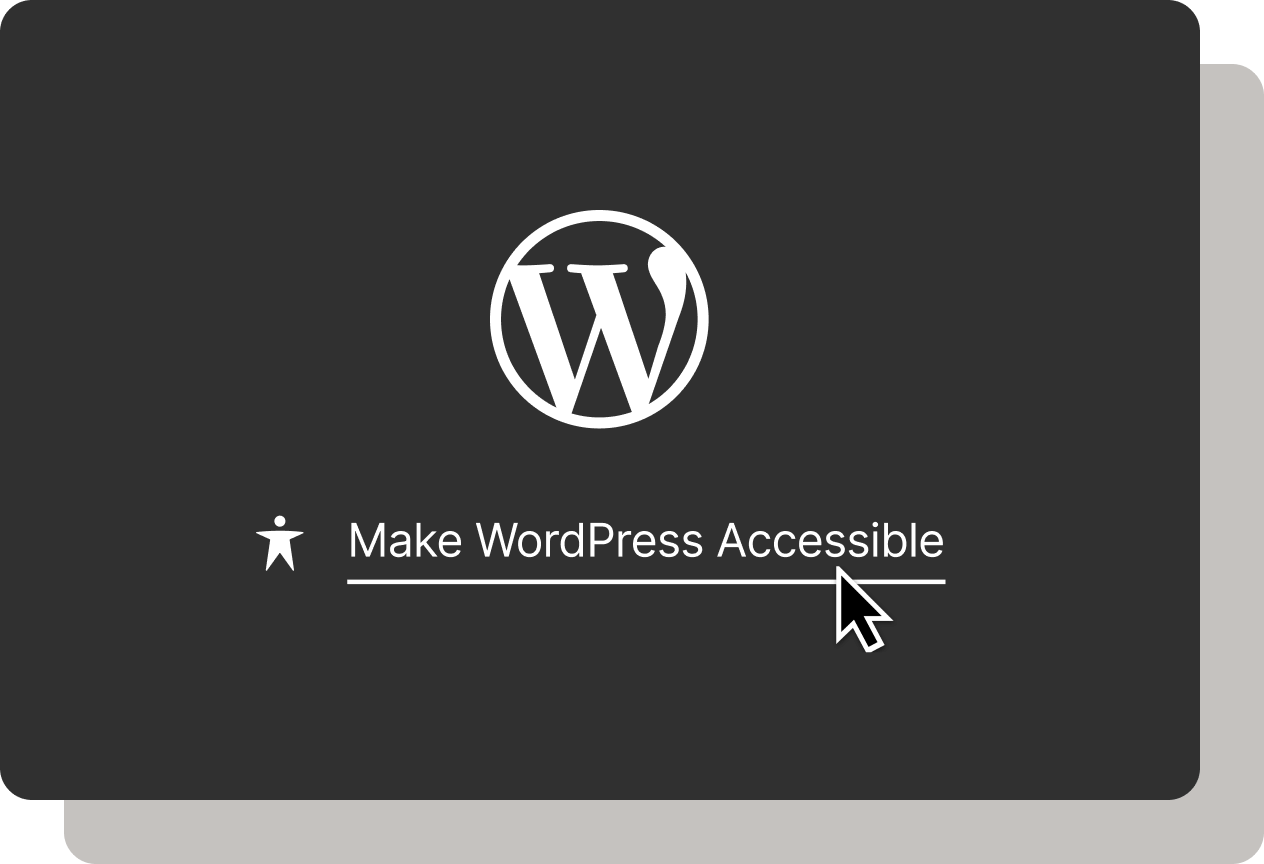
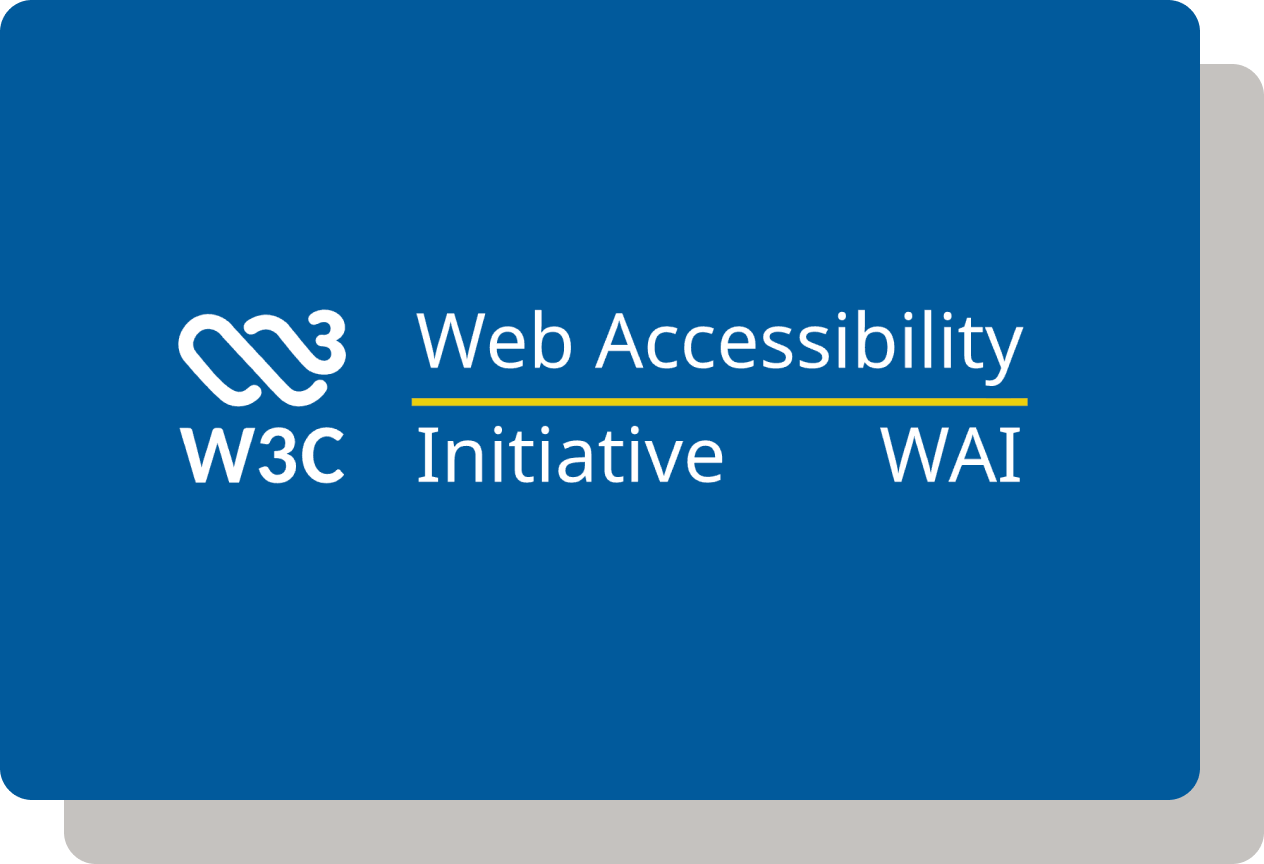
Accessibility standards
and compliance
WooCommerce has adopted Web Content Accessibility Guidelines (WCAG) — an internationally recognized standard — as our benchmark for measuring the accessibility of our website and plugins/extensions.
WooCommerce.com
accessibility
The Web Content Accessibility Guidelines (WCAG) defines requirements for designers and developers to improve accessibility for people with disabilities. It defines three levels of conformance: Level A, Level AA, and Level AAA. The WooCommerce.com purchase flow is conformant with WCAG 2.1 level AA. Meeting these criteria also satisfies the European standard EN 301 549.
Accessibility features
Beyond the purchase experience, the rest of the WooCommerce.com website is partially conformant with WCAG 2.1 level AA — meaning some content does not yet fully meet accessibility standards.
Our website includes the following accessibility features:
- Readable font sizes and styles.
- Proper heading structure for easy navigation.
- Keyboard accessibility throughout the site.
- Alternative (alt) text for images.
- Sufficient color contrast.
Our accessibility approach
Automattic ensures that WooCommerce.com is accessible to all users by:
- Including accessibility throughout our internal policies.
- Providing continual accessibility training for our staff.
- Employing formal accessibility quality assurance methods.
- Conducting external evaluations of our accessibility compliance.
Technical implementation
WooCommerce.com’s accessibility relies on the following technologies:
- Hypertext Markup Language (HTML)
- Accessible Rich Internet Applications Suite (WAI-ARIA)
- Cascading Style Sheets (CSS)
- JavaScript (JS)
Known limitations
The following areas of WooCommerce.com may include missing image alt text, incorrect link text, or non-conformant headings:
- User comments.
- Content hosted using third-party software.
- Content in blog posts, pages, and products created before January 2023.
Core WooCommerce
plugin accessibility
The front-end of the core WooCommerce plugin is substantially conformant with WCAG 2.2 level AA and level AAA. See more details about Accessibility Features in the WooCommerce Plugin here.
In 2024, WooCommerce enlisted Equalize Digital, an expert in website accessibility, to audit all front-end components — including blocks, shortcodes, and templates. Identified issues are currently being addressed to ensure full WCAG 2.2 AA conformance.
While WooCommerce’s backend admin has been developed with accessibility in mind, some issues may still exist. If you experience difficulty editing your store with assistive technology, please contact us via the methods listed above.
Accessibility
conformance reports
Creating an accessible
WooCommerce store
Ensuring your WooCommerce store is accessible benefits everyone, and helps you meet legal requirements such as the European Accessibility Act (with compliance required by June 2025). We suggest consulting a lawyer to ensure your store is set up in compliance with this act.
The lists above are not comprehensive and do not constitute legal advice. For more detailed guidance, review accessibility best practices and our guide to web accessibility in ecommerce.
Here are some tips to improve your store’s accessibility:
1. WooCommerce-specific
considerations
- Use clear product titles and descriptions.
- Add form labels to all checkout fields.
- Ensure error messages are clear and include suggested solutions.
- Test your cart and checkout process using screen readers.
- Consider keyboard-only navigation through the entire purchase flow.
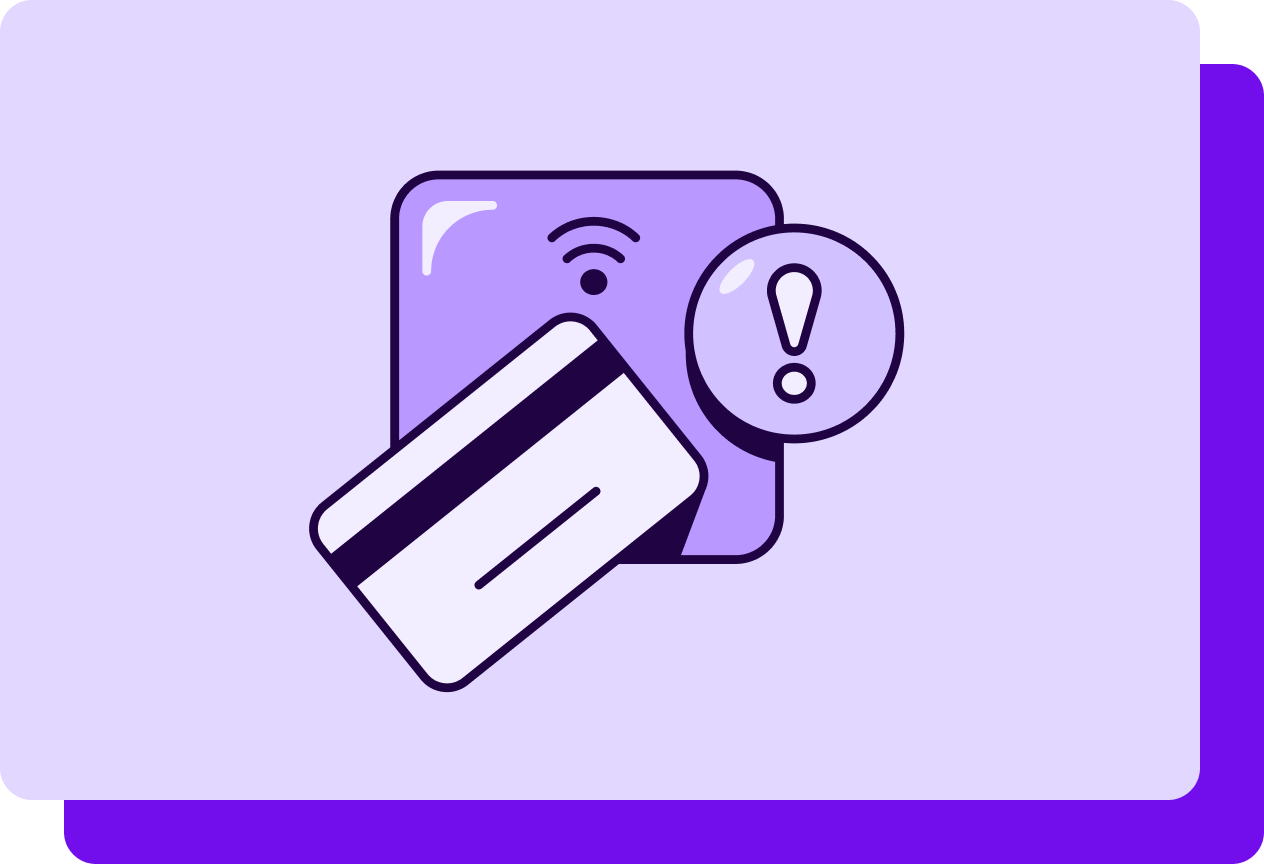
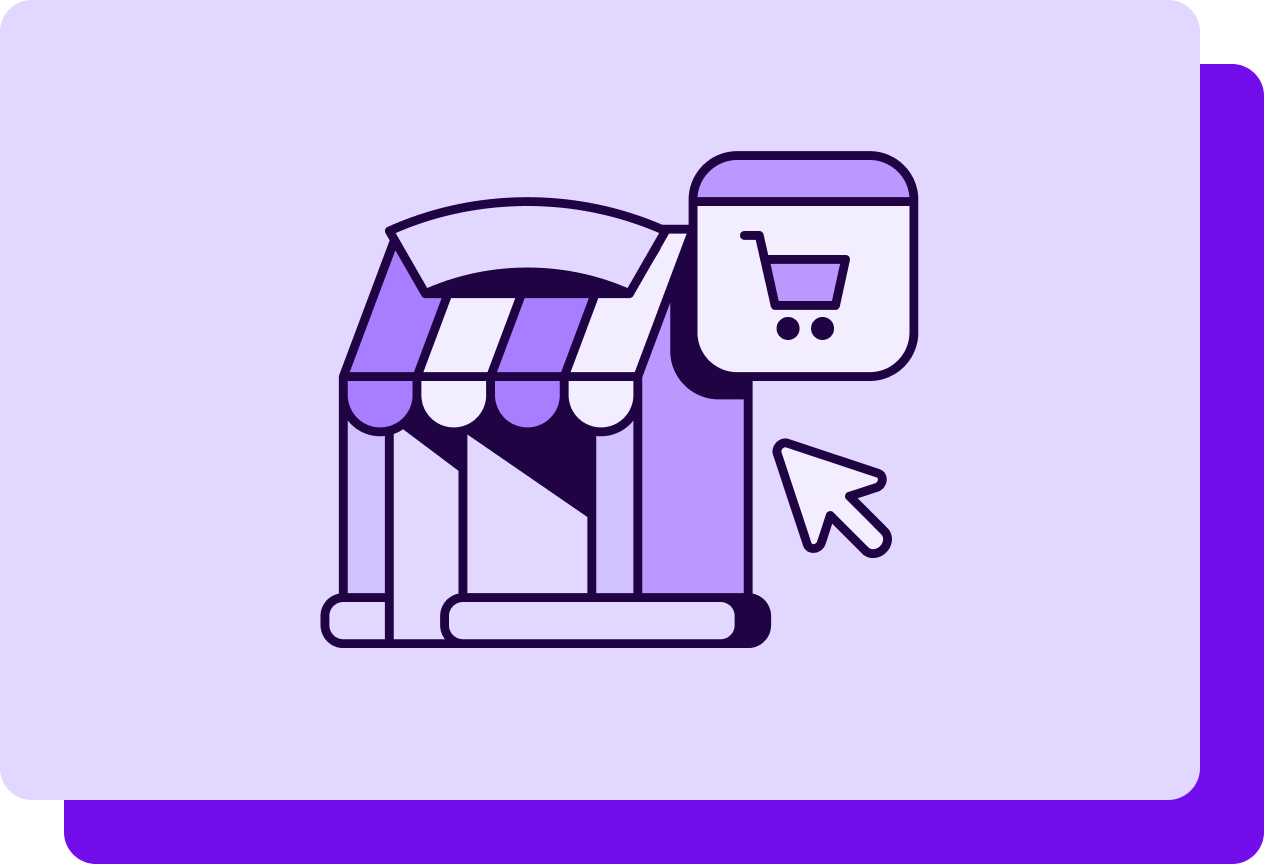
2. Store design
- Use a responsive, accessibility-ready WordPress theme.
- Maintain sufficient color contrast (at least 4.5:1).
- Ensure keyboard navigation works throughout your store.
- Add descriptive alt text to all product images.
- Structure content with proper heading hierarchy (H1, H2, etc.).
3. Accessibility testing
- Use an automated tool (such as WAVE) for initial scans.
- Test with keyboard-only navigation.
- Test with screen readers such as NVDA or VoiceOver.
- Consider an accessibility audit from a qualified professional.
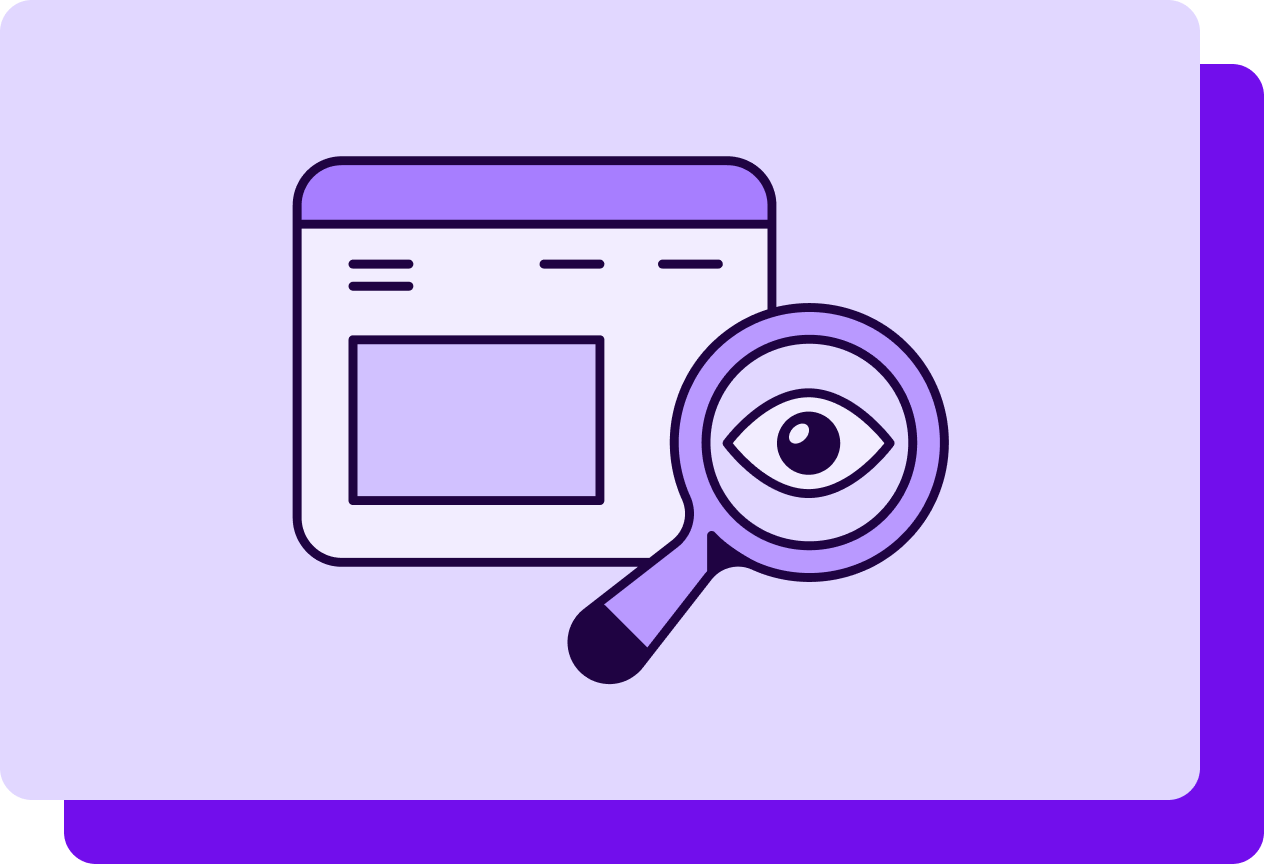
Additional resources
We are committed to ongoing improvements and appreciate your feedback as we work toward a more inclusive ecommerce experience. The statements and reports on this page were last updated on April 1, 2025.
Need help making your WooCommerce store accessible? Find accessibility-focused developers in our Woo Agency Partners directory.

WooCommerce Community Slack
Come chat with our community of 25,000+ WooCommerce developers.

WordPress Community Slack
The WordPress project uses Slack as its main real-time communication platform, replacing previous platforms such as IRC.

WordPress accessibility meetup
Attend virtual meetups on making WordPress websites accessible with live captions.

WordPress Accessibility Day
This free online event offers a 24-hour single track of presentations. Watch live streams of talks held via Zoom with live captions and American Sign Language (ASL) interpretation.
